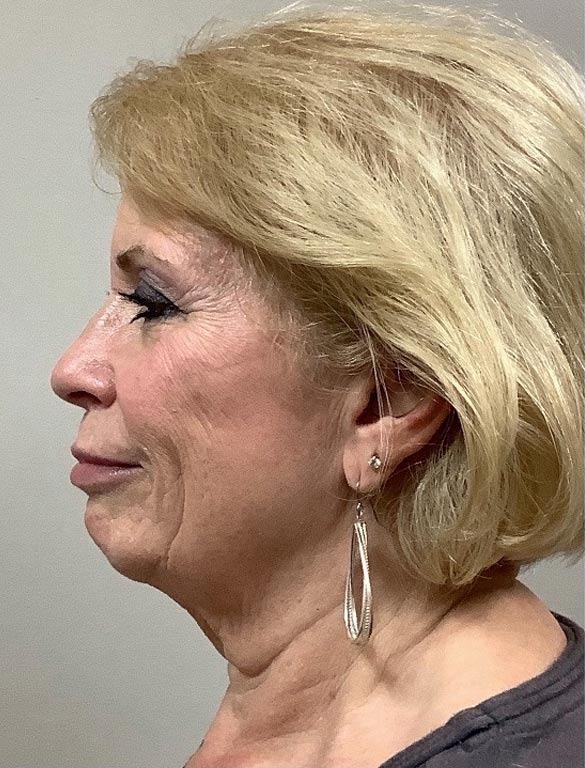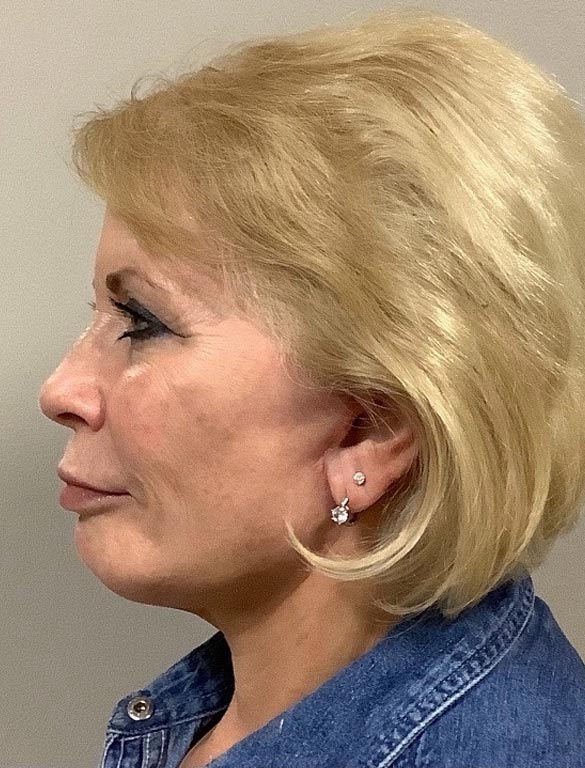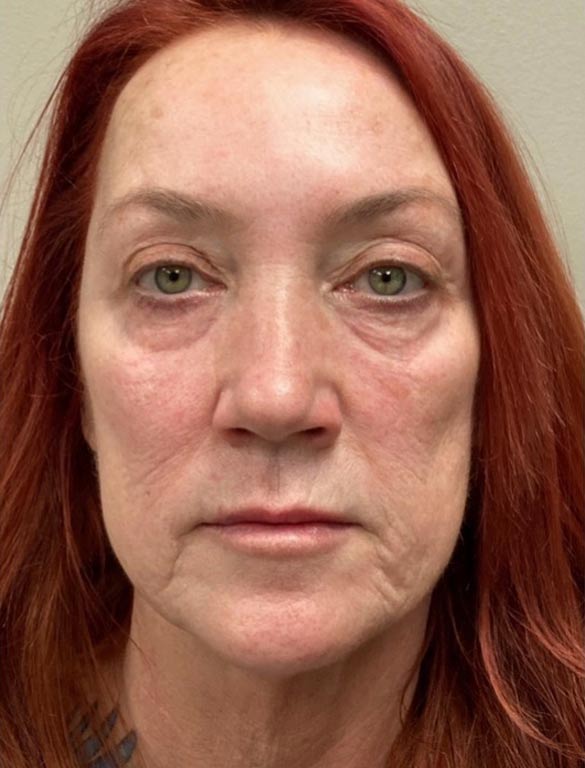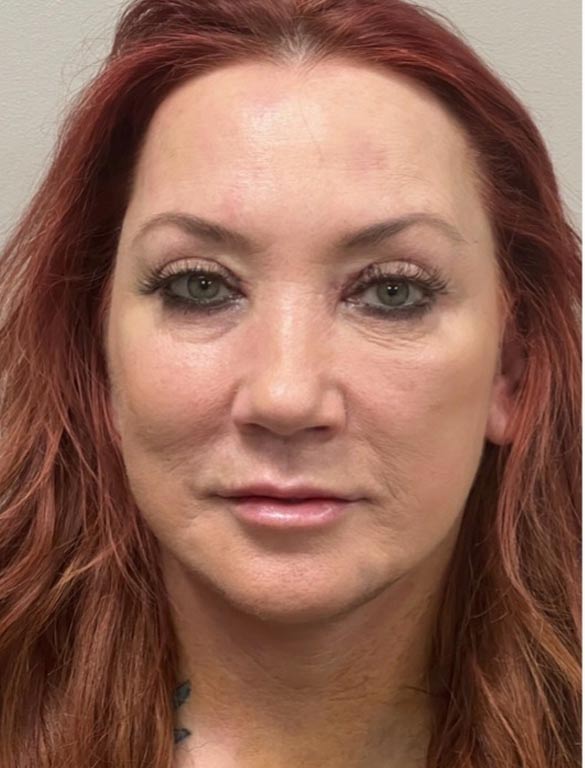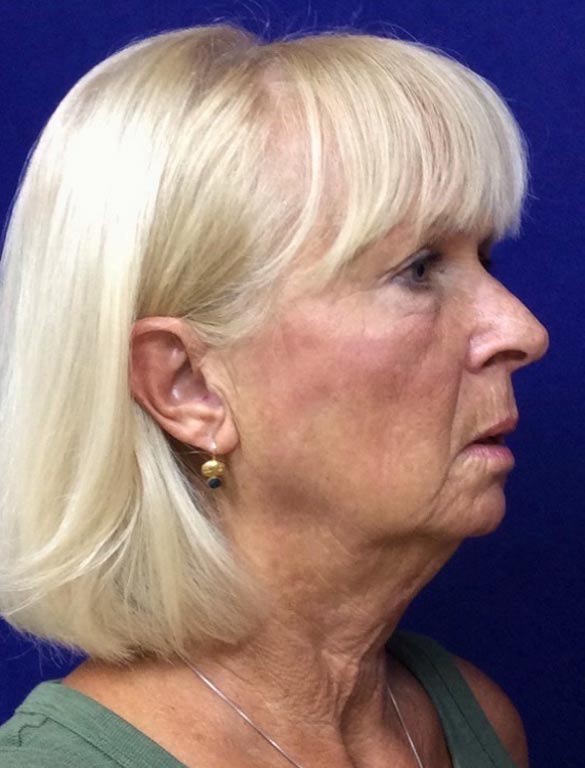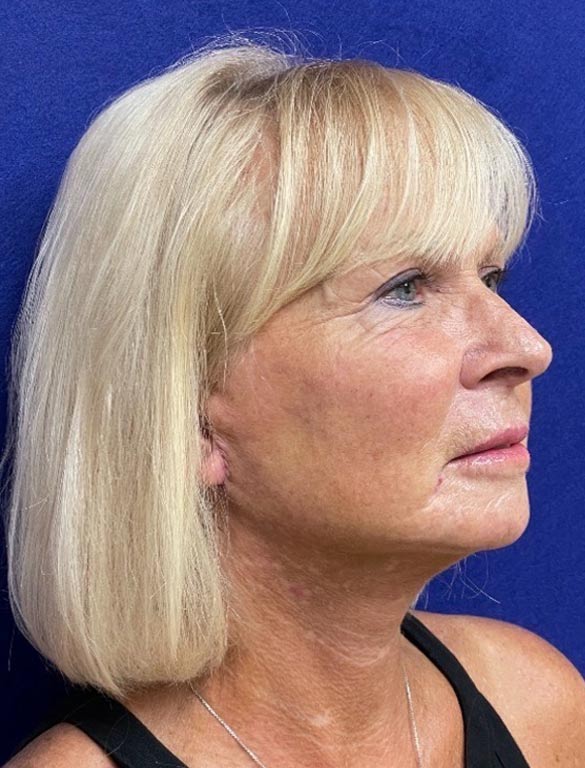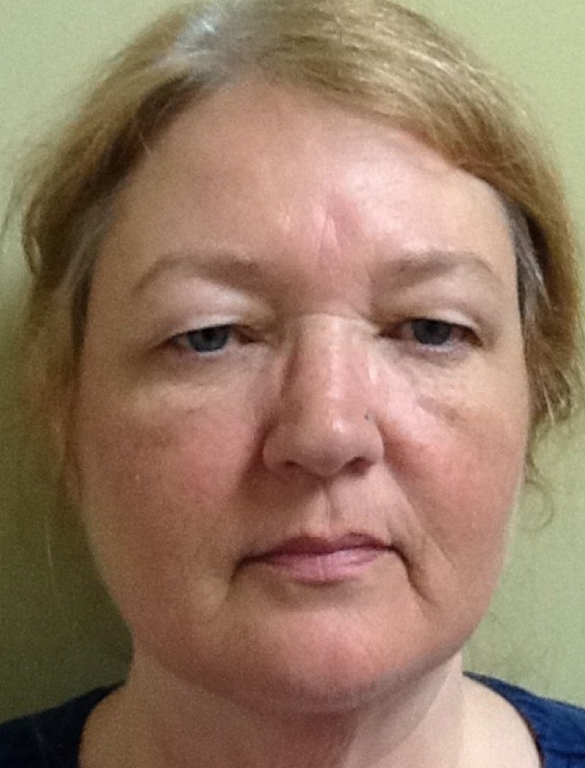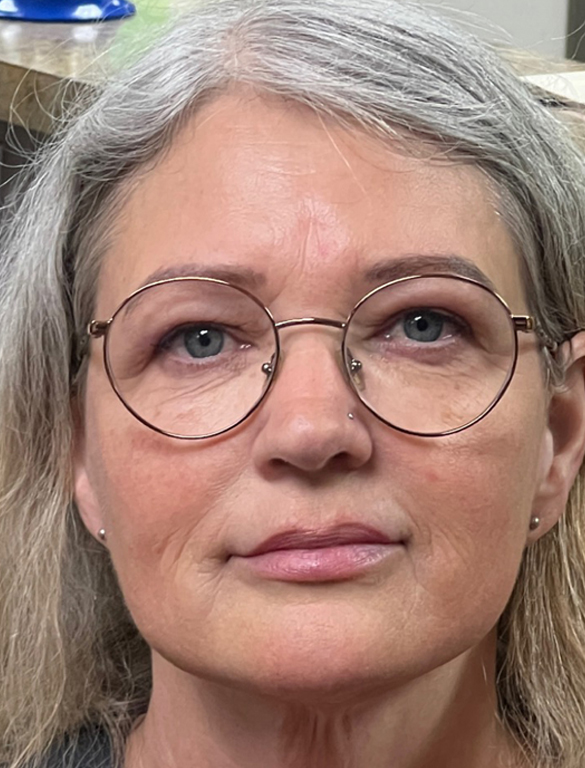Moles may seem like a superficial feature on the body that you may just want to hide, but atypical moles can lead to a greater risk of melanoma. Atypical moles are unusual in appearance and can also be called dysplastic nevi. They can resemble the appearance of melanoma, making it difficult to spot them. Here is how you can spot atypical moles and when it is time to seek medical treatment:
How to Find Atypical Moles
Most typical moles will appear brown in appearance, be relatively small, generally round, and be either flat or elevated on the skin. Atypical moles generally do not have these uniform characteristics when found on the skin. Physicians will use an identification process called “ABCDE” to identify atypical moles. First, asymmetry is measured, as atypical moles do not have identical halves. Second, the borders of atypical moles are not distinct and fade into the surrounding skin tissue. Third, atypical moles do not have uniform color and can be a variety of shades of brown, red, blue, or black. Fourth, most atypical moles are larger than your standard mole, typically over 6mm in diameter. Last, the evolution of a mole may indicate an atypical mole is present. Any changes observed in a mole after long periods of time or new moles observed after the age of 40 may be atypical.
At home, you can check to see if you have any signs of atypical moles by noticing any variety of appearances in their shapes and whether they have “pebbly” elevations on the surface.
When to Seek Medical Assistance
While having atypical moles may not result in melanoma, having more across the body will increase your chances of developing it. If your atypical moles start to itch, become painful, bleed, ooze or crust, swell, or turn to a blue-black color, it is time to seek medical assistance. These symptoms may be warning signs of melanoma. Not seeking treatment immediately will only increase your risk of experiencing more severe symptoms of melanoma.
Treatment from the Skin & Vein Center
If you believe you are at risk of atypical moles and melanoma, contact the Skin & Vein Center right away. Our professional staff has years of experience in treating this condition and helping patients achieve healthy skin again. Give us a call today and schedule your no-obligation consultation and see how we can help with your atypical moles.

